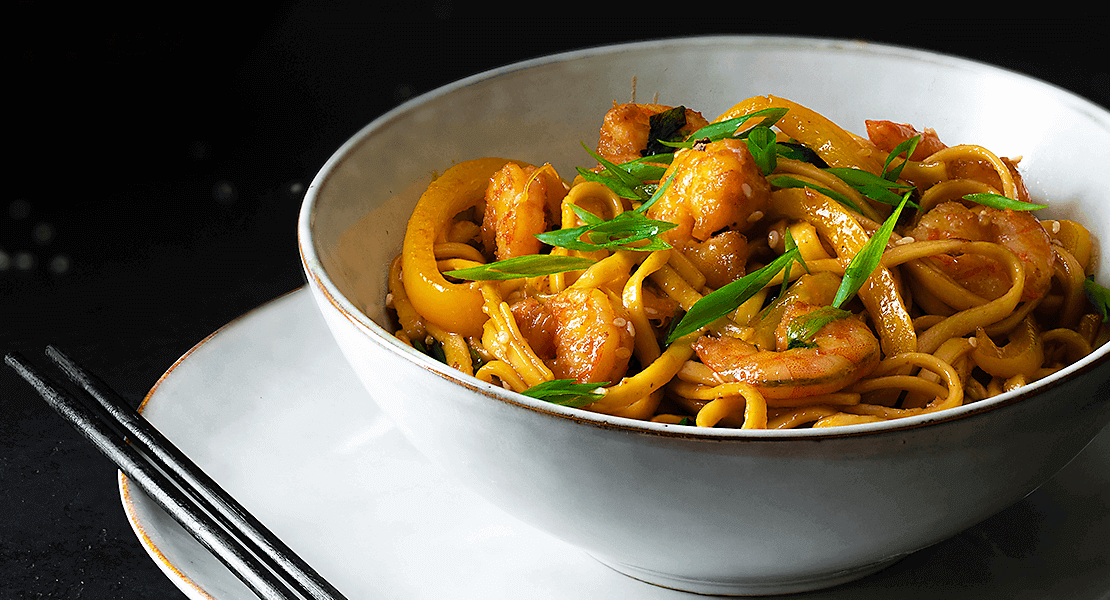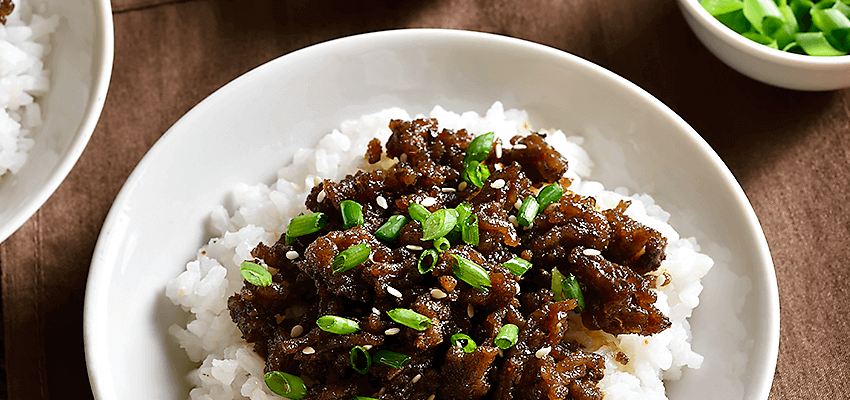
I bet if you peek into any kitchen from Virginia to Vietnam, you’ll find one common ingredient: alliums.
These versatile vegetables appear in many forms. Whether fresh or fried, sautéed or pickled, they are truly the powerhouse building blocks of global cuisine, including trending dishes, like Thai green curry, Korean bulgogi and Singapore chili crab.

Although full of flavor, alliums do not always shout their prowess from the rooftops. Happy to play a support role, they often form the foundation of a dish, so other ingredients can shine. Take Chinese fried noodles, for instance. Imagine that chopped garlic and sliced onions were not used to fry the vegetables, mushrooms and other ingredients before the noodles were added. What would the dish taste like? Without a doubt it would be lacking the desired flavor dimension and feel flat to those consuming the dish.
Aside from the kitchen, consumer packaged goods can also benefit from the flavor-filled building blocks that alliums provide.
Whether they are used to create a tried and true flavor that can achieve a front-of-pack claim, or included as a support flavor to add unexpected dimension, alliums are an essential ingredient in the construction of crave-worthy products.
At Kalsec, I am lucky enough witness firsthand the amazing ways our Taste & Sensory innovation team leverages our allium portfolio to develop the exact flavor experience desired by our customers. Our global team, complete with chefs, food scientists, flavor chemists and sensory analysts are always ready to collaborate and develop the ideal allium profile that will perform flawlessly, time and again.
